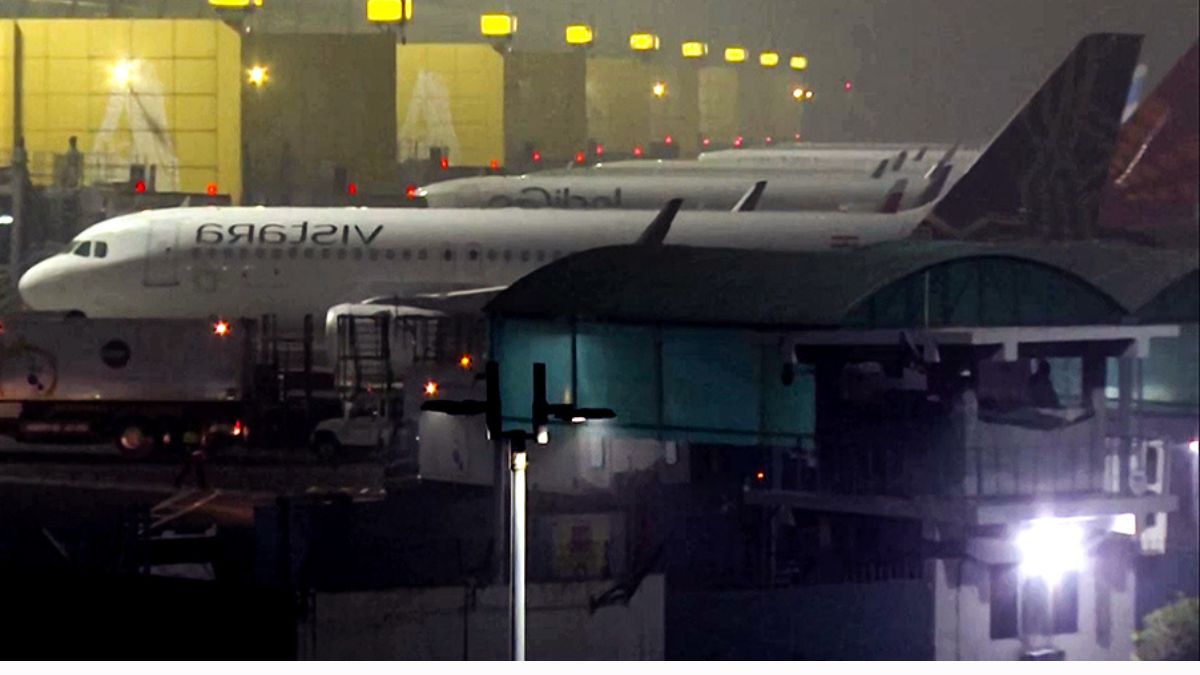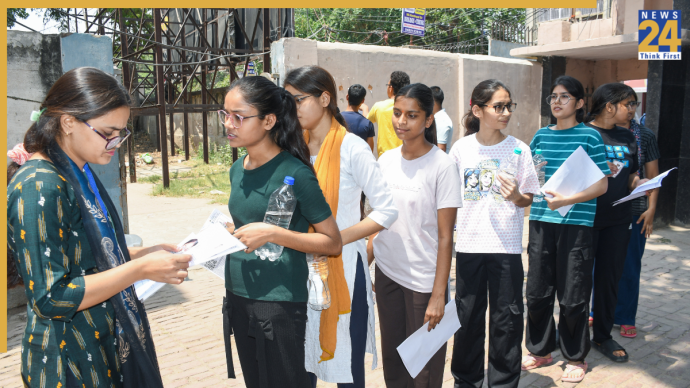Most of North India is grappling with dense fog conditions for the third consecutive day. In Delhi, numerous flights are being delayed due to the dense fog on Sunday. The airport has already issued an advisory stating that flights not compliant with CAT III standards will be affected, as they are risky to land during zero visibility. According to the flight tracking website Flightradar24, Approximately 200 flights arriving at or departing from New Delhi’s Indira Gandhi International Airport have been delayed, and 10 have been canceled. 59 arriving flights have been delayed and 4 have been cancelled.
In a post on the social media platform X two days ago, Delhi Airport authorities stated, ‘While landings and take-offs continue at Delhi airport, flights that are not CAT III compliant may be affected.’ Now What is this CAT III?
What Is CAT III
CAT III is an instrument Landing System(ILS) aids planes and the pilots by providing ground based radio navigation about the aircraft’s runway issue and glide path.
CAT III is an Instrument Landing System (ILS) which aids planes in landing in extremely poor visibility conditions, providing pilots ground-based radio navigation about the aircraft’s runway orientation and descent trajectory. A navigation system that provides pilots with precise guidance and complete information about their aircraft’s position and alignment with the runway. This helps pilots land accurately even when there are few or no visual cues. During landing the system employs two radio beams that offer horizontal and vertical assistance during landing.
According to an NDTV report, CAT III A system permits landing of aircraft upto Runway Visual Range (RVR) not less than 200 meters. CAT III B permits landing of aircraft when RVR is less than 200 meters but not less than 50 meters, while CAT III C allows landing in zero visibility conditions. These conditions include those arising out of snow, rain, or in Delhi’s case, fog.
Apart from these guidance, CAT III gives a complete mage of the approach trajectory and touchdown zone. As the flight starts landing CAT III also provides guidance on the distance left to the runway like when to deploy flaps and apply brakes.
Key Factors For The CAT III To Perform
For the CAT IIIB system to perform Precisely
Pilot and co-pilot training on the system, The aircraft’s cockpit following the system’s guidelines and the airport meeting the system’s standards are the key factors on which the CAT IIIB can perform efficiently.
The Price For This CAT III Compliance
According to a Quint report, establishing CAT IIIB system at an airport can incur an initial cost of up to Rs15 crore, with maintenance expenses averaging around ₹50 lakh per month, The Quint report said. Airports equipped with this technology include JFK International Airport in New York and London’s Heathrow Airport.
Are Indian Airports CAT III Compliant?
In India, six airports have runways certified for CAT III B operations: Delhi, Lucknow, Jaipur, Amritsar, Bengaluru, and Kolkata. The CAT III A system was first installed on runway 28 at Delhi Airport in 2001, and was upgraded to CAT III B ILS with Advanced Surface Movement Guidance and Control Systems (ASMGCS) in 2005. The cost incurred at that time was Rs 55 crores. As per various report, No Indian airport is CAT III C complaint yet. The system is in application at New York’s John F Kennedy International Airport and London’s Heathrow Airport.













